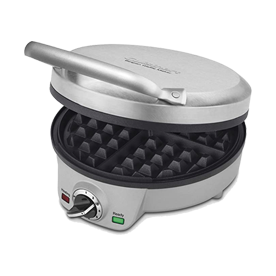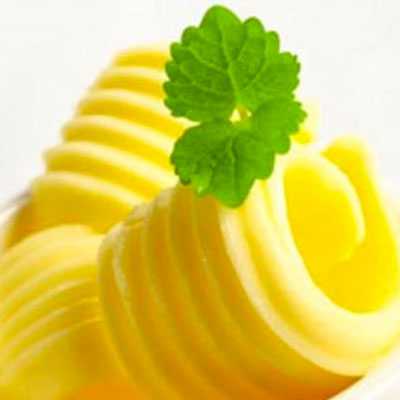What Are Stroopwafels?
Stroopwafels, translating to "syrup waffles" in Dutch, have a rich history that dates back to the late 18th century in the Netherlands. Originating from the city of Gouda, famous for its cheese, these delightful treats soon became a beloved staple throughout the country. Initially, they were made using leftover breadcrumbs and sweet fillings, but as their popularity grew, bakers began crafting them more deliberately, leading to the stroopwafel we know today.
Renowned for their unique taste and texture, Stroopwafels have transcended beyond being just a Dutch waffle, garnering international acclaim. Shops like Van Wonderen Stroopwafels in Amsterdam have contributed to their global popularity, offering gourmet versions of the classic treat. These modern interpretations often feature toppings like chocolate, fruits, and nuts, making them not only a delight to eat but also a feast for the eyes.
In recent years, the stroopwafel has inspired a variety of spin-offs, including stroopwafel cookies, which combine the traditional flavors in a more conventional cookie form. These cookies often feature a similar caramel-like syrup sandwiched between two thin, waffle-textured cookies. Whether enjoying a traditional Dutch waffle from a street vendor in the Netherlands, savoring a luxurious creation from Van Wonderen, or biting into a stroopwafel cookie at a local café, the experience is a delightful journey through taste and tradition. The stroopwafel has not just remained a part of Dutch culinary heritage but has also evolved to become a cherished treat worldwide.
What's The Difference Between A Stroopwafel And A Pizzelle?
Origins:
Stroopwafel: Stroopwafels originated in the Netherlands, with their roots traced back to the city of Gouda. They have been a popular Dutch delicacy since the late 18th century.
Pizzelle: Pizzelles are traditional Italian waffle cookies, particularly associated with the regions of Abruzzo and Molise.
Ingredients:
Stroopwafel: Stroopwafels consist of two thin waffle-like layers with a caramel syrup filling in the middle. The dough typically includes flour, butter, sugar, eggs, yeast, and spices like cinnamon.
Pizzelle: Pizzelles are made from a batter that includes flour, eggs, sugar, and butter or oil. They are flavored with anise, vanilla, or citrus, depending on regional variations.
Texture and Appearance:
Stroopwafel: Stroopwafels have a chewy and gooey texture due to the caramel syrup filling. They are typically larger in diameter and thinner.
Pizzelle: Pizzelles have a thin and crispy texture, similar to a wafer or a thin biscuit. They are often embossed with intricate patterns.
Usage:
Stroopwafel: Stroopwafels are often placed atop a hot beverage like coffee or tea, allowing the caramel filling to soften slightly. They can also be enjoyed on their own.
Pizzelle: Pizzelles are versatile and can be enjoyed on their own as cookies or shaped into cones and filled with cream for a more elaborate dessert.
Cultural Significance:
Stroopwafel: Stroopwafels are an integral part of Dutch culture and are enjoyed both locally and internationally.
Pizzelle: Pizzelles hold cultural significance in Italian households, especially during festive occasions and celebrations.
What To Serve with Stroopwafel?
Stroopwafels are versatile treats that can be enjoyed in various ways.
Here are our delicious recipes that you can serve with Stroopwafels:
How To Store Stroopwafels?
Storing stroopwafels properly is crucial to maintaining their freshness and delightful texture. Here's how to keep them at their best:
Short-Term Storage:
- Cool Completely: Allow the stroopwafels to cool completely after baking. This prevents moisture buildup, which can make them soggy.
- Airtight Container: Once cooled, place the stroopwafels in an airtight container. This keeps them crisp and prevents them from absorbing odors from the refrigerator or pantry.
- Room Temperature: Store the container at room temperature. Stroopwafels can typically be kept for up to a week when stored this way.
Long-Term Storage:
- Freezing: For longer storage, stroopwafels can be frozen. Place them in a freezer-safe bag or container, separating layers with parchment paper to prevent sticking.
- Thawing: When ready to eat, allow them to thaw at room temperature for a few hours. You can also warm them gently in the oven or microwave to rejuvenate their texture and warmth.
Reviving Stroopwafels:
- If your stroopwafels have become a bit stiff or the caramel has hardened, you can briefly warm them in the microwave (for about 10-15 seconds) or place them on top of a hot cup of tea or coffee. The steam gently warms the stroopwafel, making it soft and melty.
Additional Tips:
- Avoid Humidity: Humidity can make stroopwafels chewy. Store them in a dry place to maintain their crispness.
- Separation: If you've made a large batch, consider storing them in smaller quantities. This way, you only open what you'll consume, keeping the rest fresh.
By following these storage tips, your stroopwafels will retain their signature crispiness and delicious caramel flavor, ready for you to enjoy as a perfect treat with your coffee or tea at any time.












































